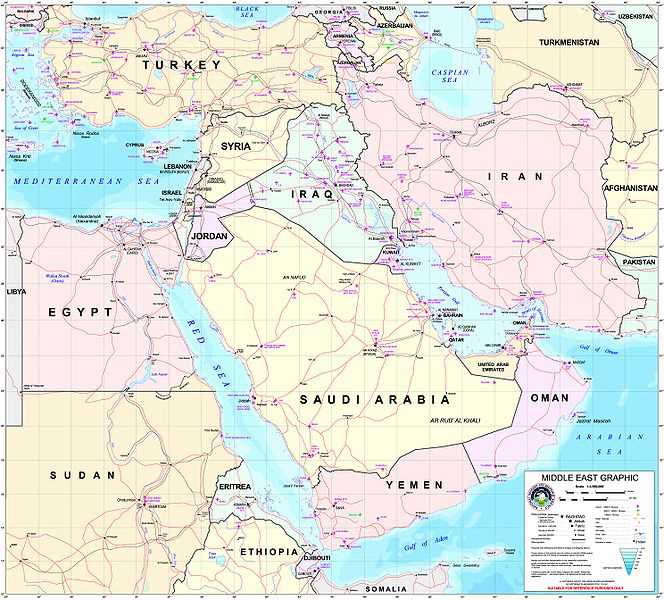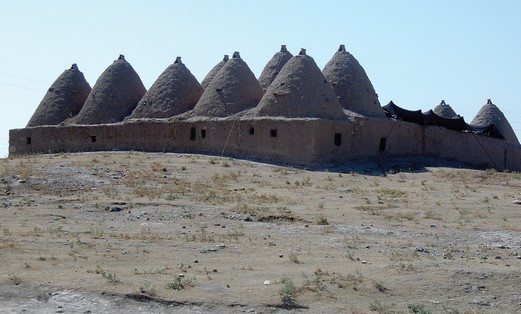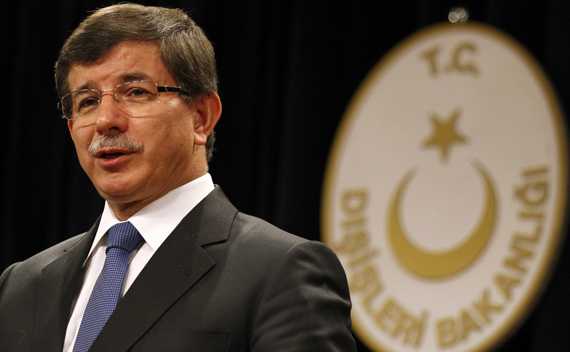ISTANBUL — A quiet evolution is taking place here inside a vast warehouse near the Bosporus and at an inland convention center where rarely seen Saudi Arabian art — including some with feminist themes — is on display.
In the warehouse known as Sanat Limani, or Art Port, the creative movement based in London and Jidda called Edge of Arabia has organized “Transition,” a collection of works from 22 Saudi artists that touch on issues of faith, culture and identity. On display through Dec. 26, “Transition” coincides with Contemporary Istanbul, an international art exposition that runs through Sunday.
At Art Port, across a parking lot from the Istanbul Modern, the photographer Manal al-Dowayan documents real Saudi women in their real jobs, from computer scientist, to doctor, to teacher, to petroleum engineer. In her “I Am” series, the engineer wears a hard hat and a uniform with a “safety first” label on her chest, but Ms. Dowayan has added a face veil heavily decorated with beads and coins.
“A lot of people don’t like that one,” said Ms. Dowayan, 37. “They say, for example, that the place where she works doesn’t require a veil and she is allowed to work as a petro-engineer fully.
“But I put it there because it looks so awkward. The feeling you get when you look at the image is the point I want to make. It doesn’t match. It doesn’t look right. Restrictions are awkward, especially when they don’t make sense.”
Ms. Dowayan, who was born and raised in the Eastern Province of Saudi Arabia and works full time as an artist, addresses still other restrictions in her ongoing project, “The Choice.”
Those photos include pictures of women in activities they are not allowed to pursue — driving, athletics, voting — “different things that I think have been taken over, choices that women should make themselves, like whether to drive or not, whether to vote or not: Choices that have been taken away.”
“Movement,” she continued, “is a very big issue for Saudi women, the idea of transportation and moving from Point A to Point B. So I explore the idea of driving because women are not allowed to drive in Saudi. Other images address women’s sports in schools, which are not allowed. This is not something I am bringing up for the first time: this is a dialogue that exists within the community, in the media, in the elite class, in the lower class. But I portray the contemporary scene within the general discussion in Saudi Arabia.”
She is striking a theme that is common in Muslim countries. “There’s this whole dialogue about whether the rules are based on religion or tradition,” she said. “It’s a thin line that’s hard to find.
“I add jewelry to their work portraits as a link to tradition,” she explained. “Yes, the jewelry is beautiful, and tradition is beautiful, but when it’s imposed in the wrong place, it becomes strange and awkward and might cause a negative reaction.”
Another artist in the “Transition” exhibition, Hala Ali, is also showing a piece at Contemporary Istanbul. Organizers of the fair at the Istanbul Lutfi Kirdar Convention & Exhibition Center in the Harbiye neighborhood say that art valued at €25 million, or $34 million, from 14 countries is on display.
Aya Mousawi, the assistant curator of the “Transition” show, which is part of Istanbul’s European Capital of Culture celebration, explained the crossover: “Contemporary Istanbul is a young art fair and it’s attracting a lot of people from the Gulf, the international world. We want to support our artists and help them showcase themselves on these types of platforms. Because we’ve got our main exhibit in Istanbul, it only makes sense that we also have a collaboration with the country’s leading art fair.”
via Women of Saudi Arabia Emerge on the Bosporus – NYTimes.com.





